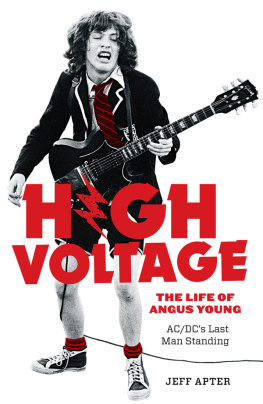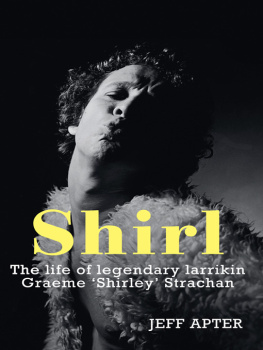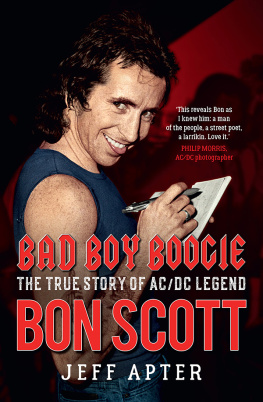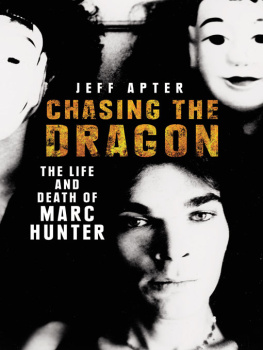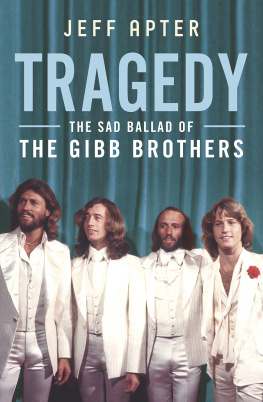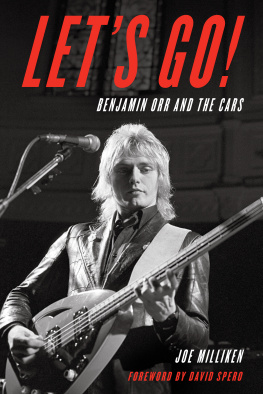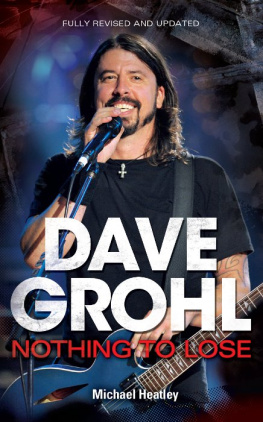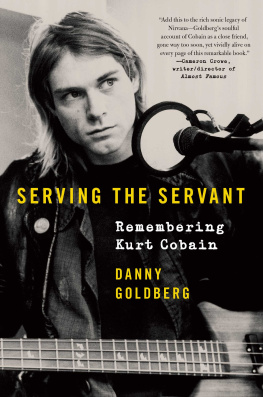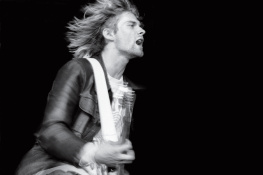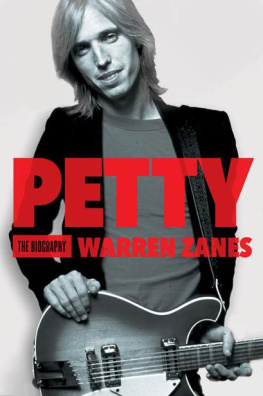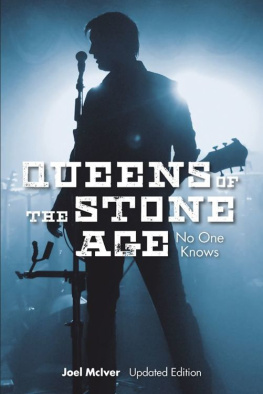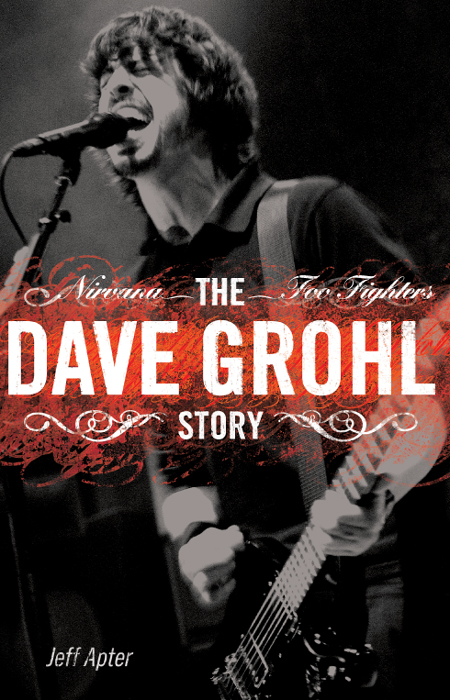One persons name may appear on the cover, but it takes a sizeable cast to help write a book such as this. Many thanks to those who contributed in their own way, be it big or small.
Chris Charlesworth, Andy Neill, Andrea Rotondo, Melissa Whitelaw, Alison Wofford and all at Omnibus Press for their support, above and beyond the call; my wife Diana Gonsalves and my daughter Elizabeth for understanding that a man needs a think hole; and to all the following people who either spoke on the record and/or steered me in the general direction of the truth: Greg Anderson at Southern Lord; Mark Andersen; Hannah Bentley; Steven Blush; Angie Carlson; Gerald Casale; Scott Crawford at Harp; Charles R. Cross; John Doe; Dante Ferrando at the Black Cat; William Flammia; Glen E. Friedman; Gillian Gaar; Gary Himelfarb at Ras; Larry Hinkle (he of the HG Hancock Band renown); Jake Hooker; Barrett Jones; Paul Jones at the peerless Foo Archive ( www.fooarchive.com ); Bobbie Lane at Kerrang!; Ian MacKaye; Scott McCloud; Joel McIver; Michael Meisel and Jill Berliner at Foo HQ; Vicky Miksis at the Chicago Tribune; Gordon Murray and Bob Allen at Billboard research; James Noll and all at www.slobfarm.com ; Michael Palmieri (who told me the amazing truth about Dave Grohls Oriental doppelgnger); Alan Paul at Guitar World; Michael Pilmer; Reuben Radding (ex-Dain Bramage); Keith Richmond; Henry Rollins; Steve Smith; Pete Stahl; Reegan Stark (thank you for the perfect seats); Paul Stenning; Bobby Sullivan and Johnny Temple of Lnchmeat, Soul Side and Girls Against Boys; Aaron Wilhelm, and Edgar Frankenstein Winter.
PROLOGUE
A Tale Of Two Grohls
To my dearest honcho, love Dave.
Grohl autograph for author, 2002
A NYBODY with a passing involvement in modern music has at least one Dave Grohl story. This is not surprising, really, given that Grohl the lucky man that he quite readily admits to being has had two bites of the rocknroll cherry. His first was as the lank-haired, stripped-to-the-waist tub thumper behind accidental heroes Nirvana. Led by Kurt Cobain, who in his final months seemed hell-bent on fulfilling Neil Youngs prophecy that it was better to burn out than fade away, Nirvana blazed bright in the early 1990s, the dawn of what would become known as the alt-rock movement. That was, of course, before Cobain, weighed down by the double whammy of a raging heroin addiction and the pressures of being an idol to millions, blew off his head in his Seattle garage in April 1994.
As it turned out, that simply marked the end of Dave Grohl Mark One. Despite the weight of the grief he felt due to Cobains suicide Grohl later confessed that his soul went dead for some time after Cobain pulled the trigger he bounced back only a year later. Grohl turned a series of homemade songs, some cut during his brief stint with Nirvana, into both an album called Foo Fighters and a band of the same name. Although originally intended purely for his personal listening pleasure, this would prove to be the beginning of an even more successful spell in the rocknroll spotlight for Grohl, this time as the good-natured, axe-wielding, power-riffing Foo Fighters bandleader.
I guess Im more fortunate than some, because I have two Dave Grohl stories. The first involves a hot room, an even hotter summer afternoon and a selection of mismatched trainers. It was early evening on the day of Sydneys first Big Day Out, a festival that was a bold attempt on the part of two local promoters, Ken West and Vivian Lees, to grab their slice of generation Lollapalooza. Theyd checked out the first of Perry Farrells counterculture roadshows the year before and were obsessed with bringing to Australia both its money-spinning success and its anything-goes line-up.
It was late January 1992 and, much to their bewilderment, Nirvana had somehow managed to become superstars in their own country, even though they were 12,000 miles away. After several months of increasing momentum, their second album, Nevermind their first for major label DGC/Geffen had finally reached the number one spot on the Billboard charts, elbowing aside Michael Jacksons Dangerous in the process. (Nevermind would go on to shift 14 million copies and be justifiably considered the defining LP of the grunge movement and one of the key albums of the Nineties.)
Nirvanas spot on the Big Day Out bill, however, didnt necessarily reflect their current world-beater status. They were wedged between the headliners, ageing college radio faves the Violent Femmes, and indigenous rockers Yothu Yindi. Not unlike Nirvana, Yothu Yindi had recently morphed from zeroes to heroes, in their case thanks to a chart-topping mix of tribal rhythms and deep groove called Treaty but that was all they had in common with the Seattle trio.
The Big Day Out was a multi-stage affair, liberally spread over a large area in the RAS Showgrounds, which was perched next door to the venerable Sydney Cricket Ground and about a mile from the city itself. Its epicentre was the Hordern Pavilion, a cavernous bunker that sucked in heat like a sauna and had all the acoustic qualities of a large canyon. Although ideally suited for around 5,000 punters, by late afternoon it seemed that the entire 10,000-plus crowd had somehow managed to wedge themselves inside the Hordern. Elsewhere, meanwhile, numerous local acts played to an empty field, unsure as to where the crowd had disappeared.
Nirvanas set wasnt quite the earth-moving experience many had expected it was short, maybe 45 minutes maximum, and played at both blistering speed and volume but the seriously expectant crowd ate it up. (It also helped, without doubt, that the 10,000 punters sucked down more than 55,000 cans of beer during the day.) While crowd surfing, moshing and stage diving were hardly new sensations in Australian music Olympian standards were set at Nirvanas show the day before at Sydneys Phoenician Club the sweat-stained punters on the Hordern Pavilion floor put in a Herculean effort that afternoon. Although most eyes were fixed on the charismatic Cobain, who was a blur of power riffing, matted hair and snarled vocals, it was the sight of Grohl, drumming at warp speed, that kept the whole mad punk rock noise together. They were no Steely Dan muso chops werent the issue here but there was an intent of purpose about Nirvanas brawny mix of Sabbath power chords and youthful alienation, anchored by the wrist-snapping drumming of this Ohio-born drummer. And, unlike the troubled Cobain, Grohl appeared to be loving his time on stage. Every single sweat-soaked minute of it.
However it wasnt their roaring anthems that left the deepest impression on me. And neither, in all honesty, was it Grohls express train drumming. No, it was more the aftermath of Nirvanas brief set. As the dust cleared and the assembled masses realised that encores didnt rate too highly in the puritanical world of grunge Nirvanas set was over and they werent coming back the stinky, occasionally bloody punters dragged themselves away from the chaos, as the Violent Femmes crew did their best to piece the stage back together. And then I noticed something totally new to me the one-shoed army. The moshpit crew had become so totally immersed in the anarchy and sheer noise thrills of Nirvana that many of them had stomped on the feet (and, in some cases, the heads) of their neighbours, which meant that their shoes had been literally dragged off their feet and had got lost amid the carnage. Even if their owners had spotted the errant trainers, theyd be unlikely to reclaim them anyway, because, of course, shoes were just the thing to throw on stage, as a token of appreciation for their new rocknroll heroes.


